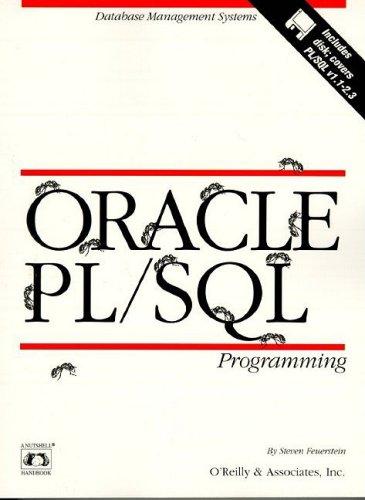Answered step by step
Verified Expert Solution
Question
1 Approved Answer
For the Singly-Linked List class at: // Code from: // Data Structures and Algorithms in C++, Goodrich, Tamassia, and Mount, 2nd Ed., 2011. // #pragma
For the Singly-Linked List class at:
// Code from: // Data Structures and Algorithms in C++, Goodrich, Tamassia, and Mount, 2nd Ed., 2011. // #pragma once #includeusing namespace std; template class SLinkedList; // forward declaration to be used when declaring SNode template class SNode { // singly linked list node private: E elem; // linked list element value SNode *next; // next item in the list friend class SLinkedList ; // provide SLinkedList access }; template class SLinkedList { // a singly linked list public: SLinkedList(); // empty list constructor ~SLinkedList(); // destructor bool empty() const; // is list empty? E& front(); // return front element void addFront(const E& e); // add to front of list void removeFront(); // remove front item list int size() const; // list size private: SNode * head; // head of the list int n; // number of items }; template SLinkedList ::SLinkedList() // constructor : head(NULL), n(0) { } template bool SLinkedList ::empty() const // is list empty? { return head == NULL; // can also use return (n == 0); } template E& SLinkedList ::front() // return front element { if (empty()) throw length_error("empty list"); return head->elem; } template SLinkedList ::~SLinkedList() // destructor { while (!empty()) removeFront(); } template void SLinkedList ::addFront(const E& e) { // add to front of list SNode * v = new SNode ; // create new node v->elem = e; // store data v->next = head; // head now follows v head = v; // v is now the head n++; } template void SLinkedList ::removeFront() { // remove front item if (empty()) throw length_error("empty list"); SNode * old = head; // save current head head = old->next; // skip over old head delete old; // delete the old head n--; } template int SLinkedList ::size() const { // list size return n; }
Add a recursive function/method called printEveryOther that prints every other element starting from the first (do basically the same operation from last homework but using recursion). Show only this new function and any helper functions. (Note: you can test your code by calling this function from the main function).
Step by Step Solution
There are 3 Steps involved in it
Step: 1

Get Instant Access to Expert-Tailored Solutions
See step-by-step solutions with expert insights and AI powered tools for academic success
Step: 2

Step: 3

Ace Your Homework with AI
Get the answers you need in no time with our AI-driven, step-by-step assistance
Get Started


